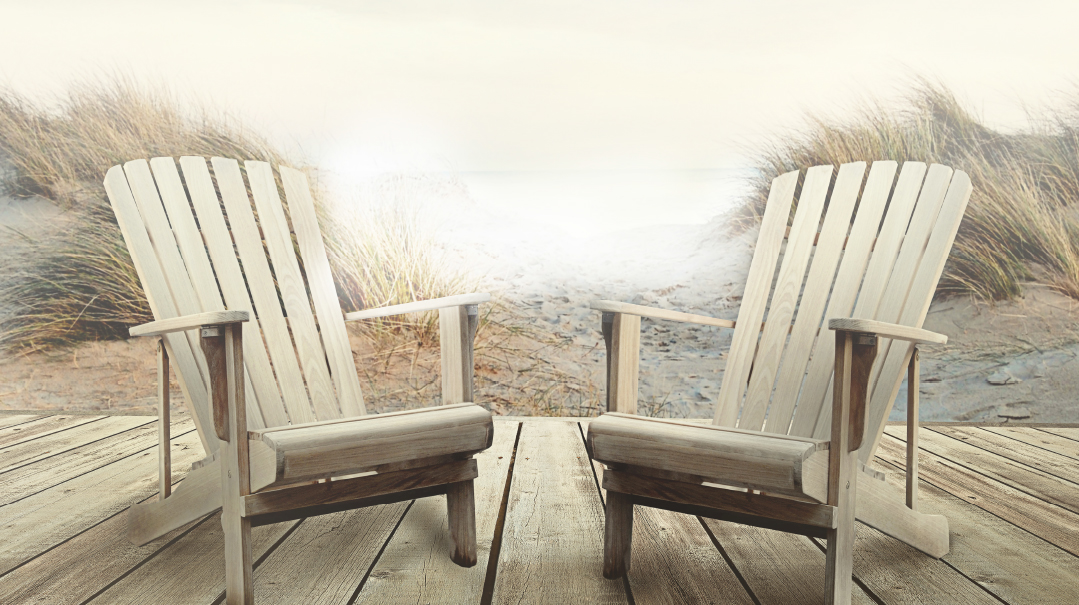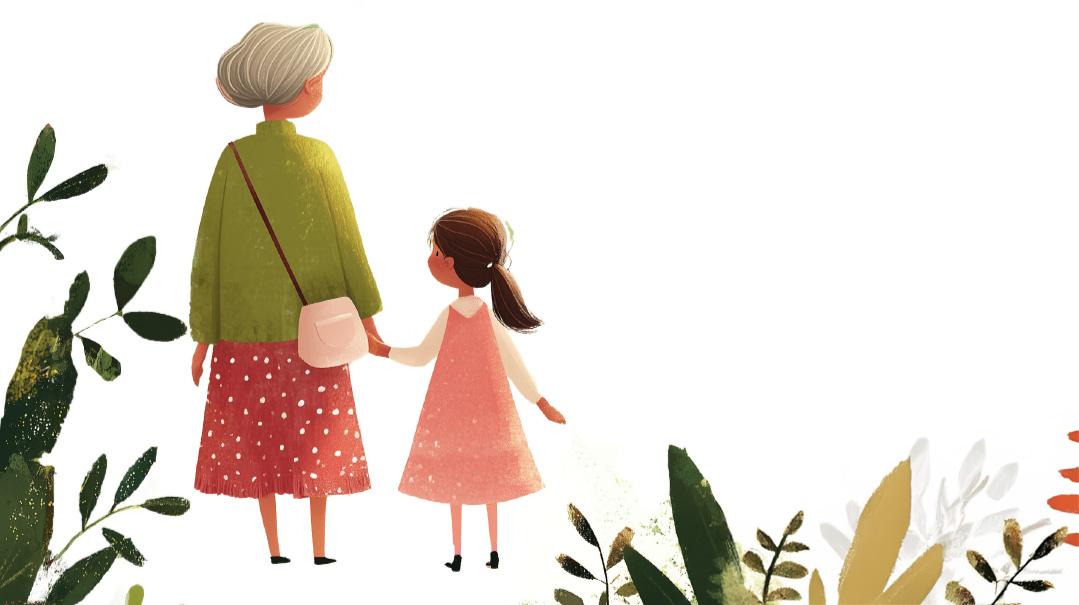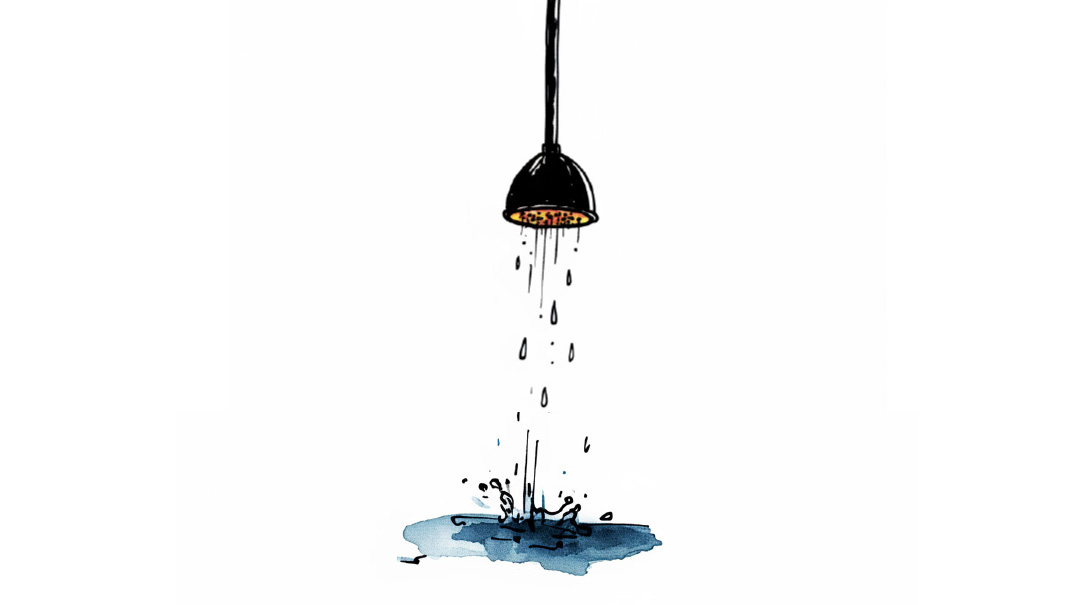Sepia Summers

The furniture was old, not old enough for vintage charm, just old, but it meant summer to us

Every summer, I drive down the country roads, and my memories unfurl with the yellow lines, especially when I drive through Monticello. There’s an urgent care center where Lakeside Villas, my childhood bungalow colony, once was. They paved a parking lot over the places we used to play.
Last summer, I parked my car in that lot and stepped out to look around. There was nothing left that looked familiar — not a fence, not a boulder, not even the tree with the white flowers.
I remember that tree with white flowers, the one whose branches swept the ground. It was like a tent you could hide in, and if you squinted just enough to block the view of the bungalows, you could almost believe you were in a magical forest. There was a pine tree with low branches like that too, but the ground under it was dry and hard, and the bark oozed sap, so we didn’t sit and dream under its branches.
Bungalow 19 — that was us. I loved the ironing board that folded out of the wall, the rotary wall phone with the long, curled cord, and the kitchen counter that looked like the counter in a store. My mother would stand behind it and ask what we’d want for breakfast. Clad in sweaters, we ate honeycombs on the enclosed porch, protected from the cold milk and cold air. The furniture was old, not old enough for vintage charm, just old, but it meant summer to us.
One year, we had a new bedroom and a larger porch. It felt like magic — as if it grew from nothing while our backs were turned in the winter. I couldn’t imagine how the bungalow once had never had that room, and tried to picture it the way it was before. But hard as I tried, I couldn’t.
The new porch stood on top of the tiny scrap of soil where my father had planted onions, so that we’d understand where scallions came from (the tops of the onions).
The bungalow grounds were punctuated with Adirondack chairs, and we had a baseball field full of clicking grasshoppers. There was a playground on the other side of that field, but it was scary to walk across because the grasshoppers had a tendency to jump suddenly. Getting to the playground wasn’t such a victory either. The metal slide and swings often burned hot under the sun.
But nearby was the handball court, and its latched gate beckoned us to explore the forest behind it. We’d venture out into the woods. It felt forbidden. The ground was littered with old bottles and newspapers. We’d tell each other scary stories, and then run back to the relative safety of the grasshoppers.
I remember the big rock behind Chaya’s bungalow. We’d sit there and look at the baseball field while we imagined our futures. There were the rocks behind the day camp house where we’d eat lunch Friday afternoons, and where we’d gather Shabbos afternoon for a story. Nearby were the monkey bars. Every summer some kids got hurt, and sometimes they had casts or stitches until the end of the season. It was the kind of dangerous playing that ended with the ’80s.
When we’d come back to the bungalow each June, the first thing I’d do was walk around to see if the place looked the way I remembered. Mostly it did, but as I grew bigger, it felt smaller. That big bump in the path that made me lose control of my bike and tumble off looked flatter, the hills felt less steep, the distance from the parking lot to our bungalow shorter, and the walk to shul was a surprise. Why did I ever think it was a trek?
A few years ago, before they paved over it and built the urgent care center, I went back. Slated for demolition, it was empty and neglected. Squatters had been there, and the place was littered with beer bottles and broken bikes.
I was newly struck by how small the place was, smaller than I’d ever realized. There were knee-high weeds and graffiti sprayed on walls, and doors hanging off hinges. But the tree with white flowers was still there, and if I squinted my eyes, the essence was still there too. I could hear the echoes of my friends calling to me across the years.
(Originally featured in Family First, Issue 750)
Oops! We could not locate your form.







